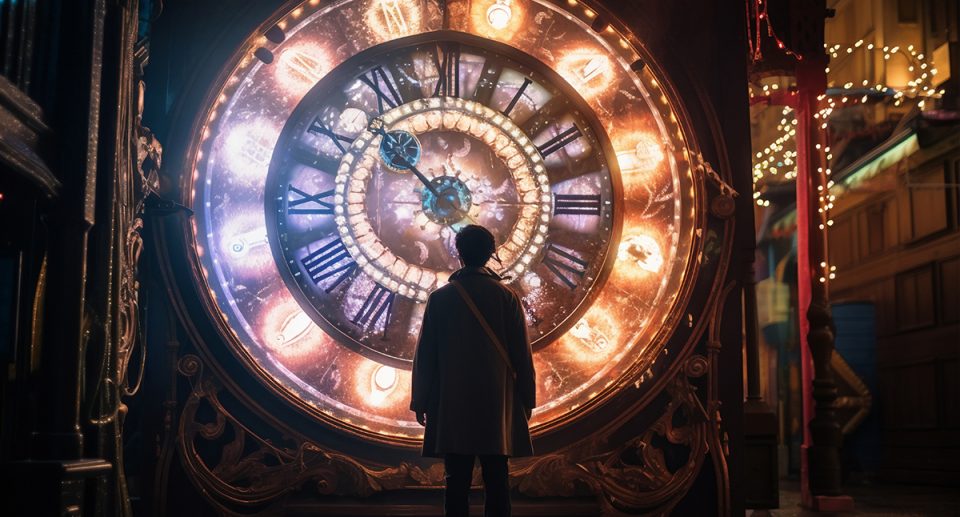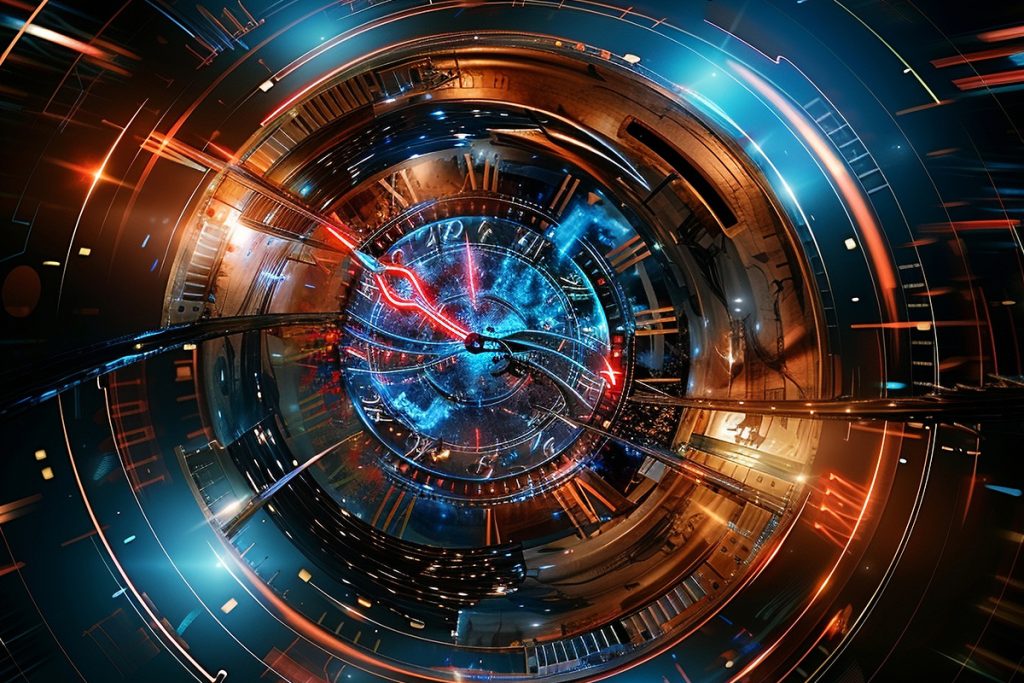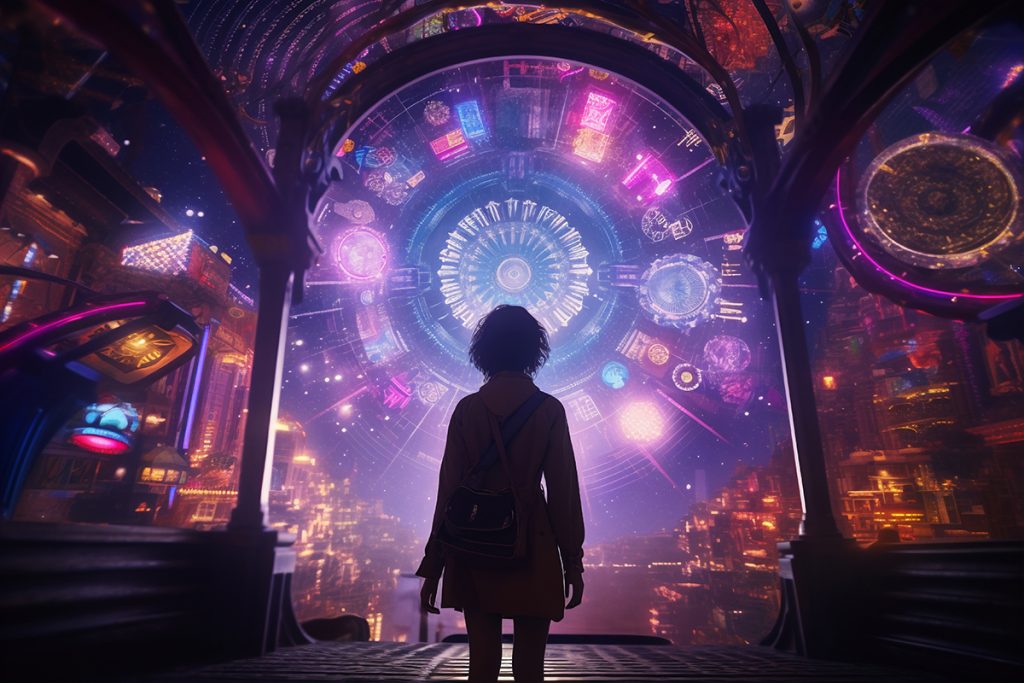How to engage in mental time travel

You have a unique ability to perform a mental time travel, visualizing both the past and the future. This ‘mental time-travel’ might be a key trait that helped our species thrive.
You can recall yesterday’s events, imagine historical epochs like Shakespeare’s London, or envision distant futures. Despite this talent, many people focus too much on the present due to our fast-paced, information-rich culture.
While it’s important to address current issues and enjoy personal moments, excessive short-term thinking can worsen long-term problems like the climate crisis. This short-termism is fueled by immediate incentives and constant media exposure, reinforced by biases such as ‘present bias,’ where immediate rewards are preferred over future benefits.
Another bias is ‘near-far’ temporal bias, making the present seem more tangible while the past and future feel abstract. However, these biases aren’t insurmountable. Cultivating a longer perspective, or ‘timefulness’ as geologist Marcia Bjornerud calls it, can offer valuable insights and clarity.
This approach helps you understand what truly matters now and what can be overlooked, leading to better choices and priorities. This mini guide provides practical tips and exercises for a mental time travel to help you expand your temporal perspective and navigate life’s demands with greater clarity.

Understand your current time orientation
Before working on developing a longer-term perspective, it’s useful to understand your current time orientation. Some people naturally focus more on the present, while others lean towards the past or future; these perspectives can be either positive or negative.
To gauge your own time perspective in a mental time travel, reflect on the following statements and evaluate how closely they align with your own tendencies. Rate each statement as very untrue, untrue, neutral, true, or very true.
- I think about the bad things that have happened to me in the past.
- Painful past experiences keep being replayed in my mind.
- It’s hard for me to forget unpleasant images of my youth.
- Familiar childhood sights, sounds, smells often bring back a flood of wonderful memories.
- Happy memories of good times spring readily to mind.
- I enjoy stories about how things used to be in the ‘good old times’.
- Life today is too complicated; I would prefer the simpler life of the past.
- Since whatever will be will be, it doesn’t really matter what I do.
- Often, luck pays off better than hard work.
- I make decisions on the spur of the moment.
- Taking risks keeps my life from becoming boring.
- It is important to put excitement in my life.
- When I want to achieve something, I set goals and consider specific means for reaching those goals.
- Meeting tomorrow’s deadlines and doing other necessary work comes before tonight’s play.
- I complete projects on time by making steady progress.

This is a brief version of the Zimbardo Time Perspective Inventory, created by tech researcher John Boyd and psychologist Philip Zimbardo (famous for the Stanford prison experiment). The full version is available online if you prefer. The inventory assesses how people perceive time through five distinct psychological perspectives.
Most people exhibit a blend of these perspectives, but some may be more dominant than others, each with its own strengths and weaknesses. To identify your dominant perspective(s), check which statements you agreed with the most:
Past-Negative (if you agreed most with 1, 2, 3): You view the past through the lens of trauma, difficulties, and regret.
Past-Positive (if you agreed most with 4, 5, 6): You are grounded in history and traditions, with a warm, nostalgic view of the past.
Present-Fatalistic (if you agreed most with 7, 8, 9): You hold a pessimistic view of current events, feeling resigned to fate.
Present-Hedonistic (if you agreed most with 10, 11, 12): You focus on enjoying the present moment and seek immediate pleasure.
Future (if you agreed most with 13, 14, 15): You plan ahead and delay gratification.

Your score will indicate your current perspective and help you understand your starting point as you work to develop a longer-term view. For example, if you score high in present-hedonistic, you’re likely to focus on immediate pleasures and adventures, but may struggle with long-term planning and may be more susceptible to addictions.
In contrast, those who score high in present-fatalistic may feel a sense of helplessness towards the future, viewing it as predetermined. While they might believe that luck or fate could change circumstances, their negative outlook can impact their mental well-being.
According to Zimbardo and Boyd, the ideal mix is to have low scores in negative perspectives and moderate-to-high scores in positive ones. Strive to balance a healthy mix of past-positive, present-hedonistic, and future perspectives while minimizing past-negative and present-fatalistic tendencies. This balance allows you to learn from your past, enjoy the present, and plan for the future.
The best way to do a mental time travel
Adopting a long-term perspective, covering both the past and future, can deepen your understanding of your role in the human story and highlight what truly matters now.
To find your current time perspective, try the Zimbardo Time Perspective Inventory. This will give you insight into your starting point as you work on a longer-term view.
Engage with your future self in a mental time travel by asking open-ended questions like, “What would you regret?” This helps connect your present and future selves.

Imagine the perspectives of both past and future people. Visualize the future through the eyes of someone you know or your descendants, and explore the past in your mental time travel by considering your ancestors.
Set aside time weekly to reflect on deep time, whether by observing nature or pondering the origins of the stars.
Think in terms of generations rather than just years. Recognize the closeness of past generations and the soon-to-be-present future ones. Give something to the future in a mental time travel. It could be a personal item, a positive idea, or something that has inspired others.



















